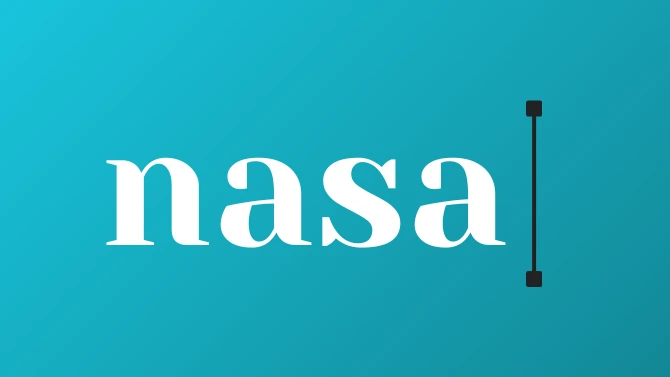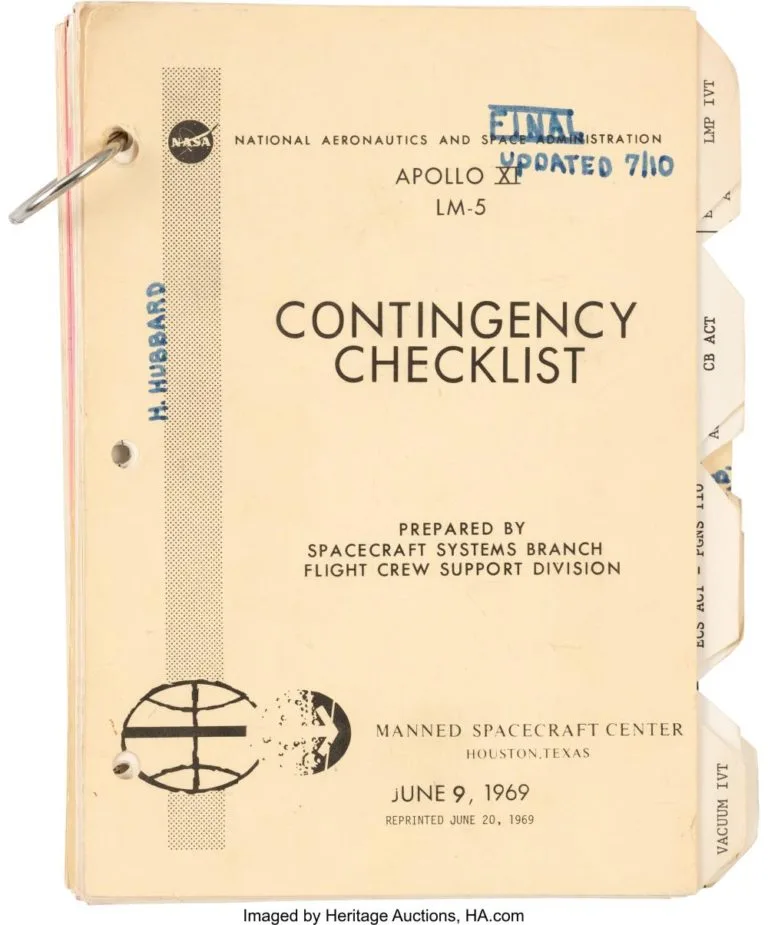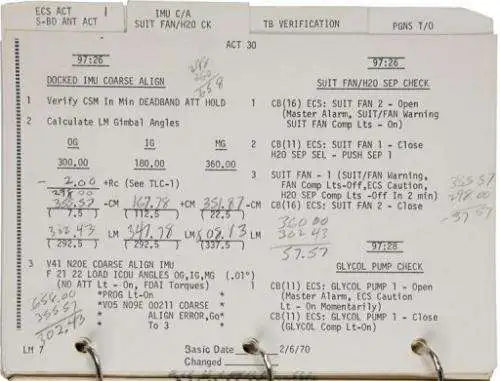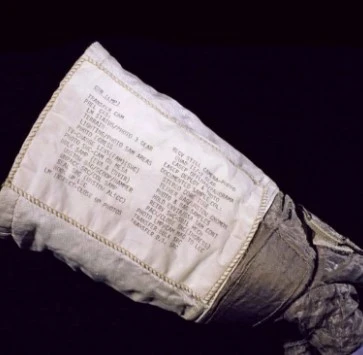Understand your processes.
Watch and note down steps, complexity and role within the whole process.

What do NASA astronauts, surgeons, pilots, and engineers all have in common? How did they increase their success, reduce mistakes, improve safety, and increase productivity?
It’s nothing complicated, it’s such a simple tool with many examples of proven successful results. It’s a humble Checklist.
So powerful it can help launch rockets into space and help people walk on the moon!
Checklists aren’t a new concept but one used during WWII to improve safety and avoid accidents for the B-17 Bomber pilots. Thus the pre-flight checklist was born.
In 2009 Atul Gawande published his book The Checklist Manifesto: How to Get Things Right. Explaining how in a complex modern world with so much knowledge that human minds can’t keep track of it all. For example in complex tasks within medicine and architecture where lives can be lost with every mistake. Focusing on what needs to be done in an emergency situation and is often overlooked.
Now employed in hospitals to help decrease complications and death rates after WHO implemented the Surgical Safety Checklist with the help of Gawande reducing death rates by a staggering 47%. These results were higher than any drug
NASA even uses them to launch shuttles and make spacewalks.
NASA implemented checklists as a solution absolutely everything to greater efficiency, consistency, and improve safety.
Making enormous tasks like a spacewalk into a much easier and safer process. Also acting as a guide to guaranteeing important steps and processes was completed and not forgotten in such a major expedition.
Great images are available at NASA of the many checklists they devised to increase accuracy and prevent errors.
Apollo 12 CDR Cuff Checklist
Apollo 15 Launch Checklist
Apollo 11 Lunar Surface Checklist
Apollo 16 LM Lunar Surface Checklist


Mountains of work can be overwhelming but checklists help make sense, simplify and direct focus of attention to the important tasks.
Working through a checklist frees up time spent worrying about forgetting things so spending more time focusing on the tasks at hand.
Protecting us from failure by establishing a standard operating procedure to follow and guiding us in the best possible way to achieve our goals.
This simple solution of creating a checklist to improve productivity reduced mistakes and make life less stressful. Relieving the mind of the pressure to remember. Cognitive overload decreases productivity and increases stress.
A space to check what the process is and the steps needed to complete that job perfectly. Empowering team members and giving them the ability to suggest changes when things are not working.
Checklists allow you to spend more time focusing on the correct tasks.
Offering guidance in the decision-making process of the whole team.
There is a simple process you need to follow to document and produce your checklists.
Checklists can be highly effective when doing repeatable tasks and ongoing business process management.
Understand your processes.
Watch and note down steps, complexity and role within the whole process.
Follow you documented process step by step.
Does it work?
Are you missing steps?
Do steps need to be broken into smaller steps?
Do you need additional items or departments to be involved?
Is there a timescale for each step?
Checklists can help save time, prevent mistakes, so improve productivity and profitability.
Its works for NASA to launch a rocket, use that power of a checklist to make your business reach for the stars. :-))

Does the running of your business include several repetitive tasks? If there’s no guidance or procedure in place, it’s possible for some of the steps in the process to get forgotten. This is why checklists are important.
People get distracted, and when something gets forgotten, it’s much harder to recover than if they’d completed the task right in the first place.
Guidance every step of the way makes sure something is completed perfectly every time.
Read More: Why is a Checklist Important?
We all carry enormous knowledge and experience that we want to apply effectively, but we are all prone to make mistakes. There’s only so much we can store in our heads without forgetting something. How to maximise our use of knowledge?
The simple answer to this problem is to use checklists.
How many types of checklists are there? Two. What are the two types of checklists? Read-Do and Do-Confirm checklists are about how you use checklists.
Read More: Types of checklist: What are the two most powerful Checklist Types?
A checklist is a way to document each step needed to complete a task. A detailed set of instructions, a guide of how something is done.
Checklist software allows you to document every step of a process to be used over and over again.
Read More: Checklist Software